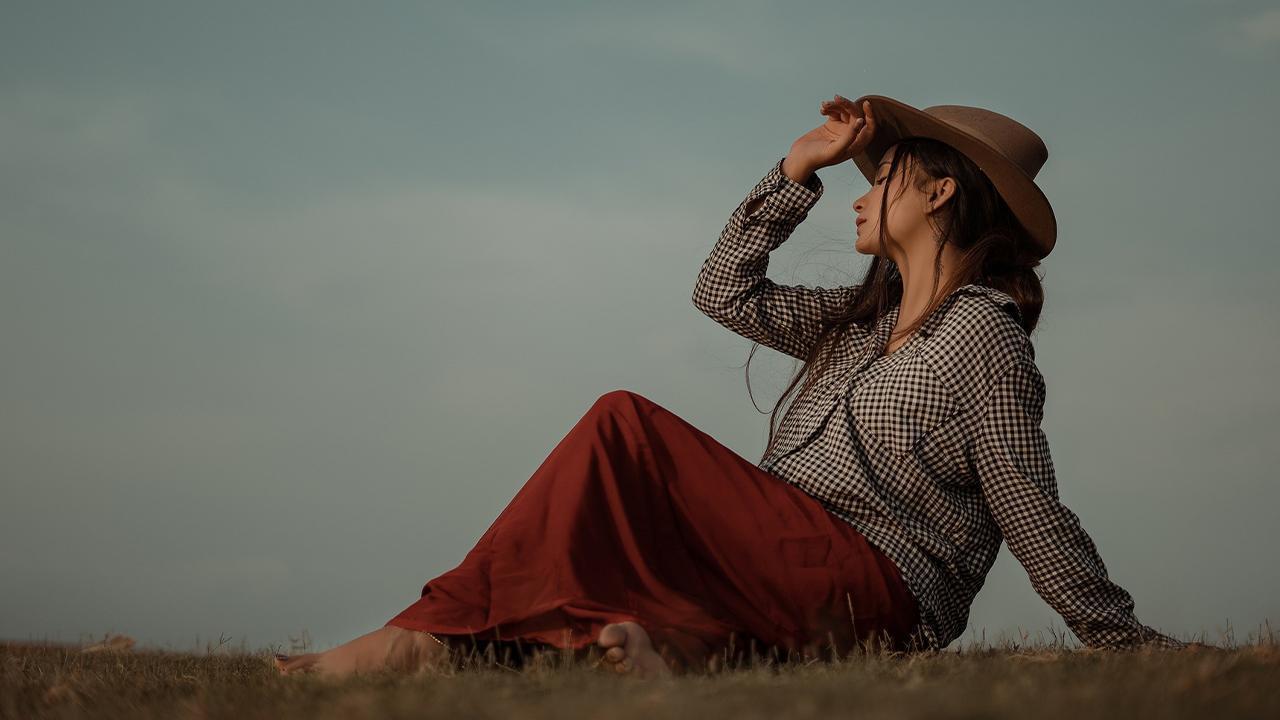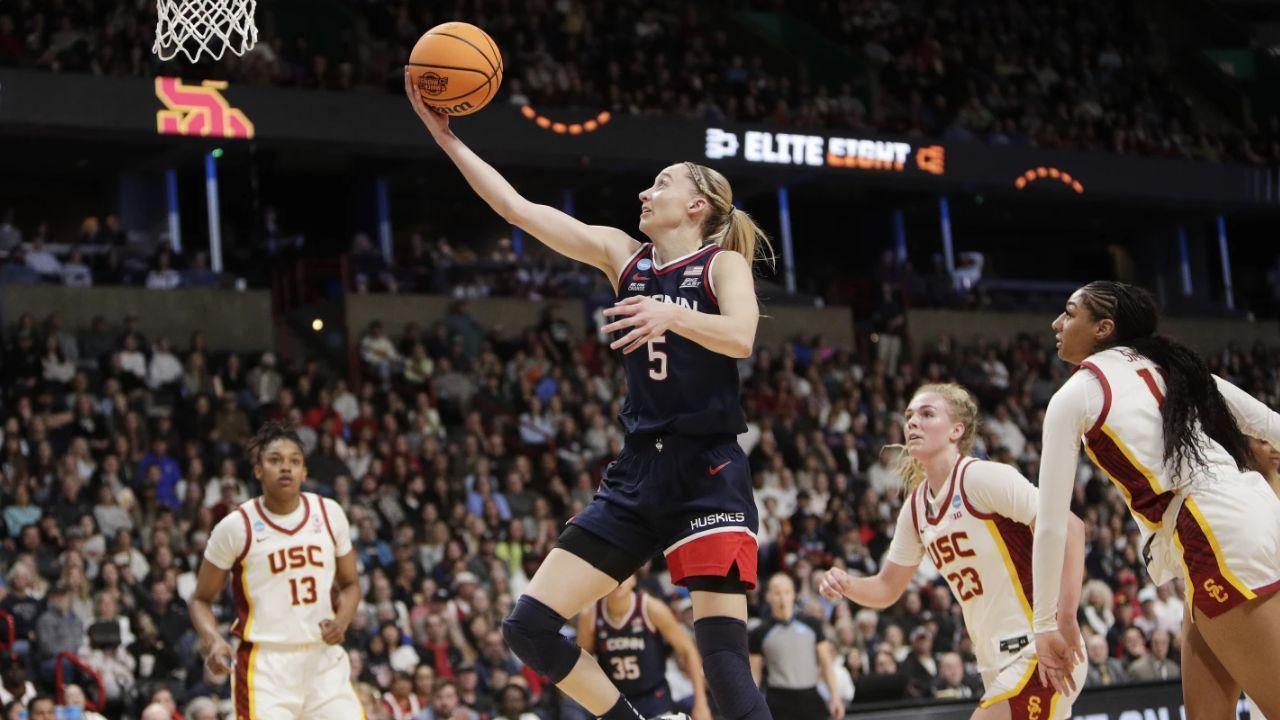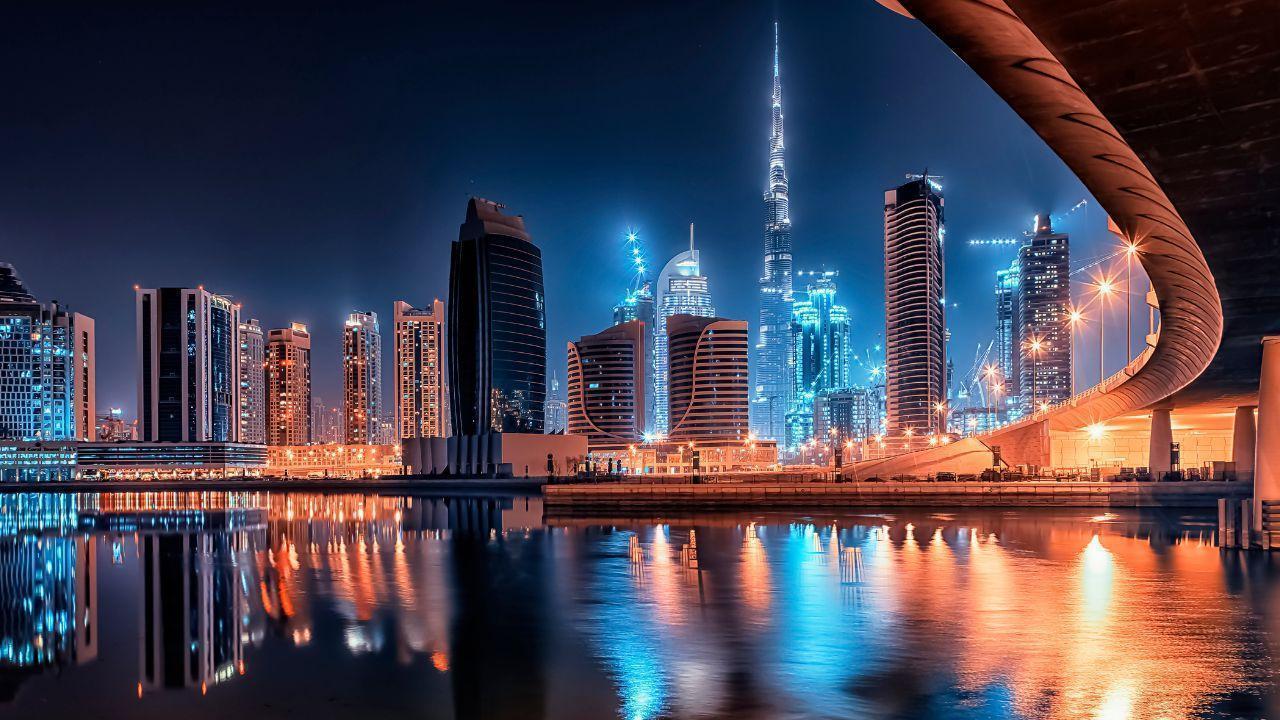
Post by: Raman Preet
Introduction:
Fashion isn't just about clothes; it's a living, breathing entity that shapes and reflects the essence of Western culture. It's a tale of human creativity, aspiration, and the relentless pursuit of identity. From the dawn of civilization to the bustling streets of modern metropolises, Western fashion has woven itself into the fabric of our lives, evolving alongside us, bearing witness to our triumphs and tribulations.
Imagine a time when a simple garment spoke volumes about one's social standing, when the rich adorned themselves in opulent fabrics while the common folk made do with humble attire. This was the dawn of Western fashion, where every stitch, every fold, whispered tales of power and prestige.
But fashion is more than just a display of wealth; it's a language of expression, a canvas upon which we paint our dreams and desires. Throughout history, it has been a mirror reflecting the ebb and flow of society, mirroring the zeitgeist of each era with uncanny precision.
Join me as we journey through the annals of time, exploring the vibrant tapestry of Western fashion. From the ancient civilizations of Greece and Rome to the bustling streets of Victorian London, we'll unravel the threads of history, uncovering the secrets hidden within the folds of fabric.
So, buckle up and prepare to be whisked away on a sartorial adventure like no other. For in the world of Western fashion, every garment tells a story, and every trend marks a chapter in the ever-evolving saga of human civilization.
Ancient Origins:
Ancient times were an age of remarkable creativity and ingenuity, especially in the realm of clothing and fashion. Picture yourself in ancient Greece or Rome, where the toga reigned supreme as the ultimate symbol of prestige and social status. Wearing a toga wasn't just about covering up; it was a statement, a declaration of one's place in society. Crafted meticulously from fine fabrics and draped elegantly over the body, the toga was the epitome of luxury and refinement.

But the influence of Western fashion didn't stop at the borders of Greece and Rome. As trade routes expanded and civilizations mingled, a rich tapestry of cultural exchange emerged. From the bustling markets of the Silk Road to the bustling ports of the Mediterranean, merchants brought with them exotic fabrics, intricate designs, and novel fashion concepts from distant lands.
Imagine the scene: traders unloading bolts of silk from China, spices from India, and jewels from Persia. These treasures didn't just fill the coffers of empires; they sparked a revolution in Western fashion. Suddenly, the drab simplicity of ancient garments gave way to a riot of color and texture. Rich silks, vibrant dyes, and intricate patterns became the hallmark of elite fashion, transforming mere clothing into works of art.
But it wasn't just about flaunting wealth; fashion became a language, a means of communication that transcended borders and bridged cultures. Eastern influences infused Western fashion with new ideas and perspectives, enriching its tapestry with diversity and innovation. From the graceful draping of a sarong to the intricate embroidery of a kimono, each garment told a story, weaving together the threads of history and culture.
In this melting pot of styles and sensibilities, Western fashion found its voice, evolving from mere utilitarianism to a form of self-expression. The toga may have faded into history, but its legacy lives on in the rich tapestry of Western fashion, a testament to the enduring power of creativity and imagination.
Medieval Marvels:
During the medieval period, fashion wasn't just about covering oneself but about making a statement. Tailoring became more sophisticated, and people began to pay attention to the details. Imagine stepping into a bustling marketplace, surrounded by vibrant colors and intricate patterns adorning the garments of nobles and commoners alike.
In this era, clothing was a canvas for creativity. The introduction of rich, luxurious fabrics like silk and velvet transformed everyday attire into symbols of wealth and status. Opulent collars adorned with pearls and gemstones became the hallmark of the Elizabethan era, showcasing the extravagance of the upper class.
But it wasn't just about being flashy; fashion was also a reflection of societal norms and values. Elaborate lacework and intricate needlework were not only displays of craftsmanship but also symbols of femininity and virtue. Women adorned themselves with delicate lace collars and cuffs, embodying the ideals of grace and refinement.
Meanwhile, men indulged in the latest fashion trends, sporting elaborate wigs and embroidered coats to convey power and prestige. The court of Louis XIV in 17th century France was a spectacle of luxury, where fashion was used to assert dominance and authority.
Yet, amid the opulence, there was also a sense of theatricality. Fashion became a form of entertainment, with elaborate costumes and masquerade balls providing an escape from the rigors of everyday life. It was a time of grandeur and excess, where every outfit told a story and every accessory held significance.
In essence, medieval fashion was a celebration of individuality and creativity, where clothing served as a means of expression and identity. From the ornate gowns of queens to the embroidered doublets of knights, each garment was a reflection of the wearer's personality and aspirations. It was a time when fashion wasn't just about what you wore but how you wore it, turning every street into a runway and every occasion into a chance to dazzle and delight.
Industrial Revolution and Beyond:
During the Industrial Revolution, factories sprung up like mushrooms after rain, transforming the way clothing was made. No longer were garments painstakingly crafted by hand; now, machines churned out fabric at an unprecedented pace. This revolution wasn't just about efficiency; it was a game-changer for fashion.
Imagine being able to walk into a store and find racks upon racks of clothing in various sizes and styles. That was the reality that dawned in the 19th century. Suddenly, quality apparel wasn't just for the elite. Ordinary folks could afford to dress well, too.
And with these newfound opportunities came changes in fashion itself. Women's clothing, once constricted by layers of petticoats and corsets, began to evolve. The corseted waistlines of the 19th century gradually gave way to more practical and comfortable styles. Meanwhile, men's fashion saw the rise of tailored suits, reflecting the growing importance of professionalism and status in a rapidly industrializing world.
But the real magic happened as the 20th century rolled in. Fashion became a playground for experimentation and innovation. Designers pushed boundaries, challenging traditional norms and redefining beauty standards. Suddenly, anything seemed possible.
From the sleek lines of Art Deco to the rebellion of the roaring twenties, each decade brought its own flavor to the fashion scene. Women embraced newfound freedoms, trading in restrictive garments for more relaxed silhouettes. And men? Well, they were no longer bound by the stuffy formality of Victorian attire. Casual wear became king, reflecting a shift towards leisure and comfort.
But it wasn't just about clothes; it was about culture. Fashion became a symbol of identity, a way for individuals to express themselves in a rapidly changing world. And as the 20th century marched on, fashion only became more diverse and inclusive, reflecting the rich tapestry of human experience.
So, the next time you slip into your favorite outfit, take a moment to appreciate the journey it took to get there. From the sweatshops of the Industrial Revolution to the catwalks of Paris, fashion has come a long way. And who knows? The next trendsetter could be you.
In the vibrant tapestry of 20th-century fashion, each decade unfurled its own distinct flavor, leaving an indelible mark on the collective style consciousness. Let's delve deeper into this kaleidoscope of trends and transformations.

The 1920s, often dubbed the "roaring twenties," epitomized an era of liberation and defiance of societal norms. Women, emboldened by newfound freedoms, cast aside restrictive corsets in favor of loose, flowing garments that allowed for unrestricted movement. The iconic flapper dress became emblematic of this era, with its dropped waistline and fringed embellishments symbolizing a break from tradition. Meanwhile, men embraced the casual elegance of sportswear, trading stiff suits for relaxed attire suited to leisure pursuits.
As the 20th century progressed, the fashion landscape underwent seismic shifts, propelled by technological advancements and cultural upheavals. The widespread adoption of synthetic fibers heralded a revolution in textile manufacturing, paving the way for affordable, mass-produced clothing that catered to a diverse range of tastes and lifestyles. Ready-to-wear clothing became increasingly accessible, democratizing fashion and empowering individuals to express themselves through their attire.
The 1960s emerged as a watershed moment in fashion history, characterized by radical experimentation and boundary-pushing creativity. The youth-driven counterculture embraced bold colors, psychedelic prints, and unconventional silhouettes, rejecting the sartorial conventions of previous generations. Icons like Twiggy and the Beatles became synonymous with the mod aesthetic, inspiring a generation to embrace individuality and self-expression through their clothing choices.
As the 20th century hurtled towards its conclusion, the fashion landscape continued to evolve at a rapid pace. The 1980s witnessed the rise of power dressing, with sharp shoulder pads and bold patterns dominating runways and boardrooms alike. Meanwhile, the burgeoning fitness craze gave birth to athleisure, blurring the lines between activewear and everyday attire.
In the 1990s, grunge fashion emerged as a defiant rejection of mainstream consumerism, with its distressed denim, flannel shirts, and combat boots embodying a raw, anti-establishment ethos. Yet, even as grunge challenged the status quo, the decade also saw a resurgence of retro fashion, with nods to iconic styles of the past permeating contemporary trends.
As we bid farewell to the 20th century, we are left with a legacy of innovation, creativity, and cultural resonance. From the revolutionary spirit of the 1920s to the subversive energy of the 1990s, each era of 20th-century fashion has left an indelible imprint on the collective consciousness, shaping the way we dress and perceive ourselves. As we navigate the ever-changing currents of style and taste, let us remember the rich tapestry of influences that have woven together to create the vibrant mosaic of 20th-century fashion.
Summary:
This article takes readers on a captivating journey through the evolution of Western fashion, spanning from ancient civilizations to the bustling streets of the 20th century. It explores how fashion has served as a reflection of societal values and cultural exchange, evolving from symbols of status and prestige to expressions of individuality and creativity. From the opulent toga of ancient Rome to the rebellious styles of the 20th century, each era of Western fashion is examined in detail, showcasing the transformative power of clothing throughout history. Through vivid descriptions and historical insights, readers gain a deeper understanding of how fashion has shaped and mirrored the essence of Western culture over the centuries.
Disclaimer:
The views and opinions expressed in this article are those of the author and do not necessarily reflect the official policy or position of DXB News Network. The information provided is for general informational purposes only and should not be construed as professional or expert advice. Readers are encouraged to conduct their own research and consult with relevant experts before making any decisions based on the information provided in this article. DXB News Network assumes no responsibility or liability for any errors or omissions in the content of this article.
#trending #latest #FashionEvolution #WesternFashion #StyleThroughHistory #FashionJourney #CulturalThreads #TrendSetters #FashionForward #SartorialSaga #TimelessTrends #FashionHistory #ClothingCulture #FashionFlair #DressDecades #TrendingThroughTime #CulturalFashion #LegacyofStyle #TrendyTales #FashionInfluence #CreativeClothing #IconicStyles #FashionReflections #dnn #breakingnews #worldnews #headlines #topstories #globalUpdate #dxbnewsnetwork #dxbnews #dxbdnn #dxbnewsnetworkdnn

A Singapore Airlines flight from Hong Kong to Singapore was delayed for over six hours after a pilot fell ill before takeoff, causing major disruptions...Read More.

Dr. Rekha Raghuvanshi, a DM neurology student, was found dead in her hostel room in Gwalior under suspicious circumstances. Family denies suicide, investigation...Read More.














7 Free Ghibli-Style AI Image Editors to Try Now
Transform your images into Ghibli-style art with these 7 free AI tools. From dreamy landscapes to an

China Conducts Military Drills Near Taiwan
China's coast guard conducted patrols, inspections, and drills near Taiwan as Beijing announced mili

Man City’s Haaland suffers ankle injury, awaits tests
Erling Haaland picked up an ankle injury in Man City’s FA Cup win. He will see a specialist to asses

New E-Skin Enables Touchless Control and Robot-Like Sensation
Revolutionary e-skin mimics human touch, allowing touchless control, aiding robots, and helping peop

UAE to Launch Digital Dirham CBDC by Year-End for Secure, Efficient Payments
The UAE will introduce its Digital Dirham CBDC by year-end, enhancing security, transparency, and ef